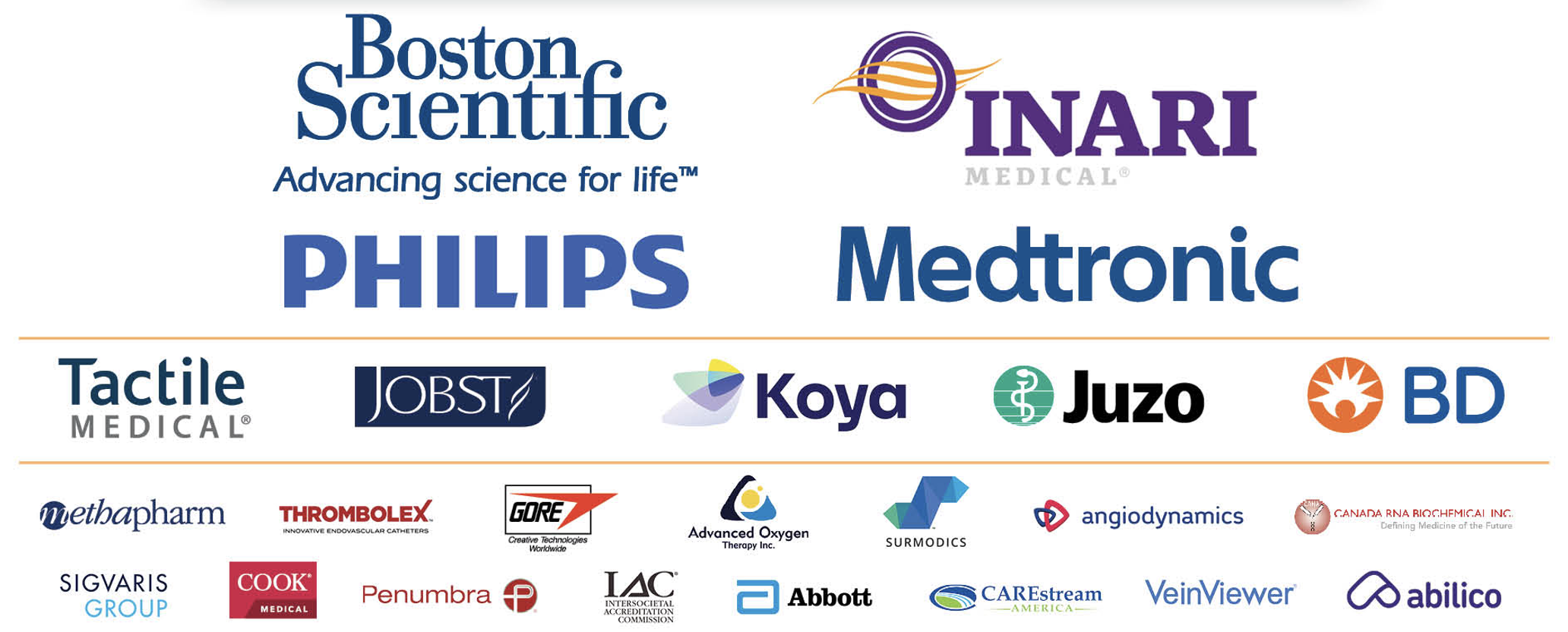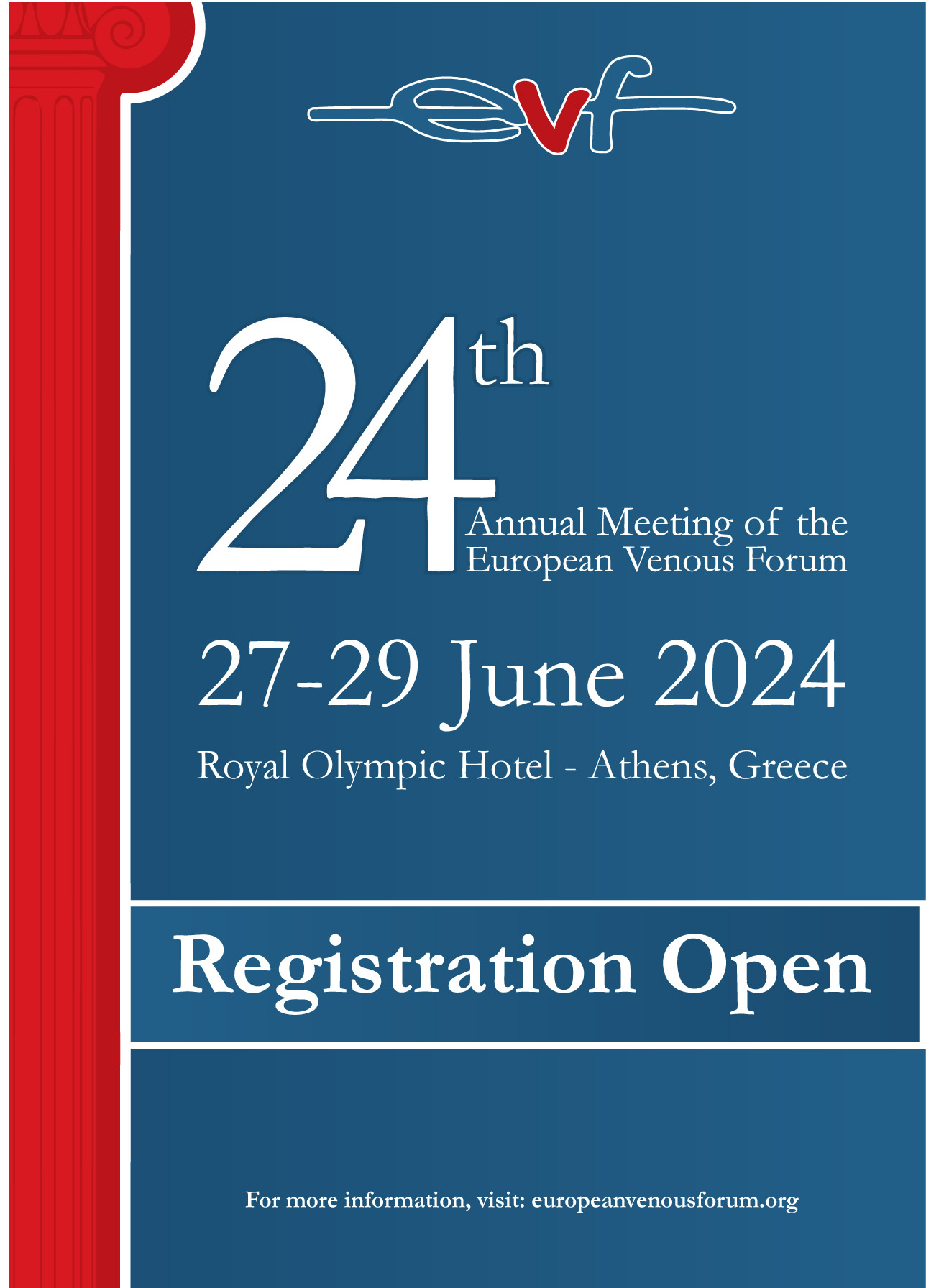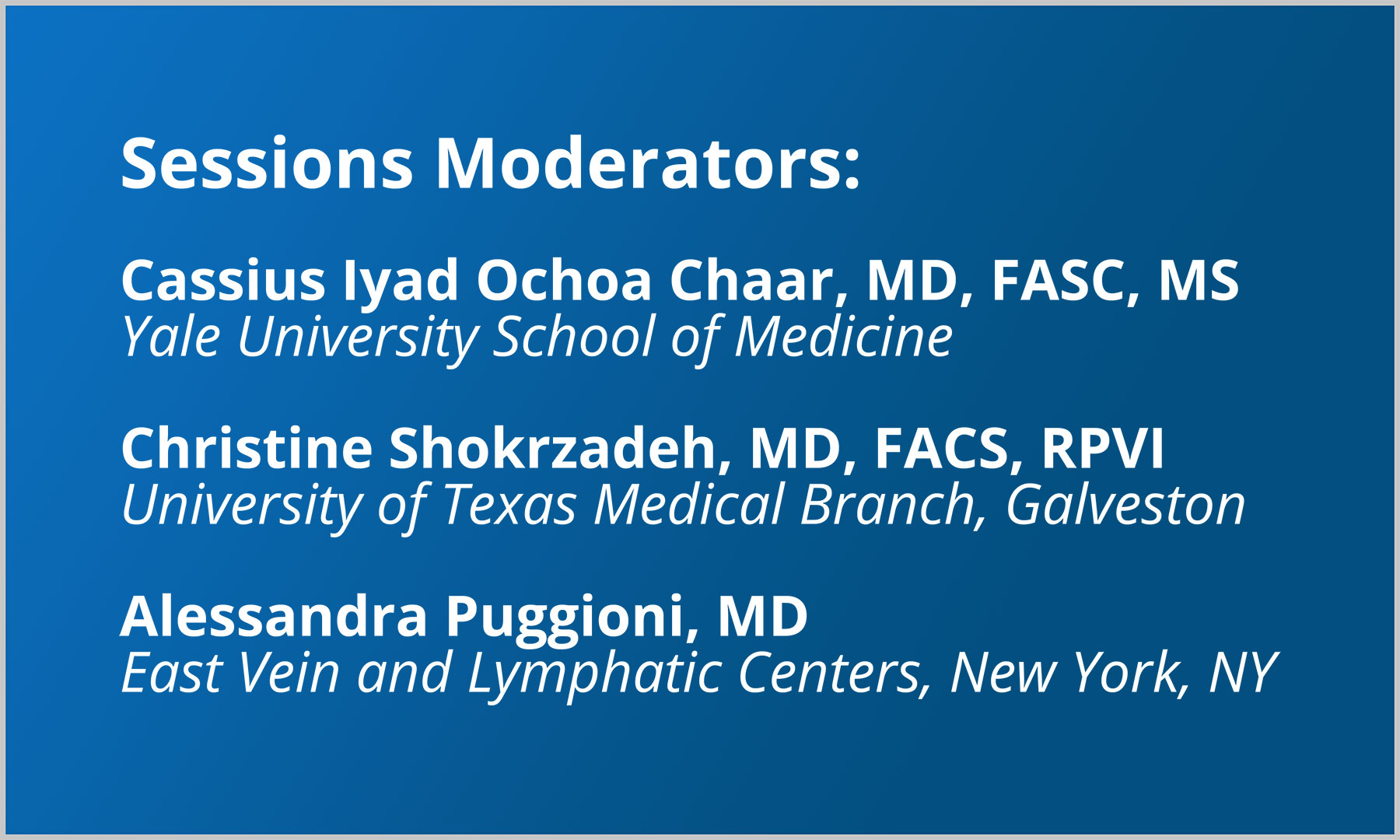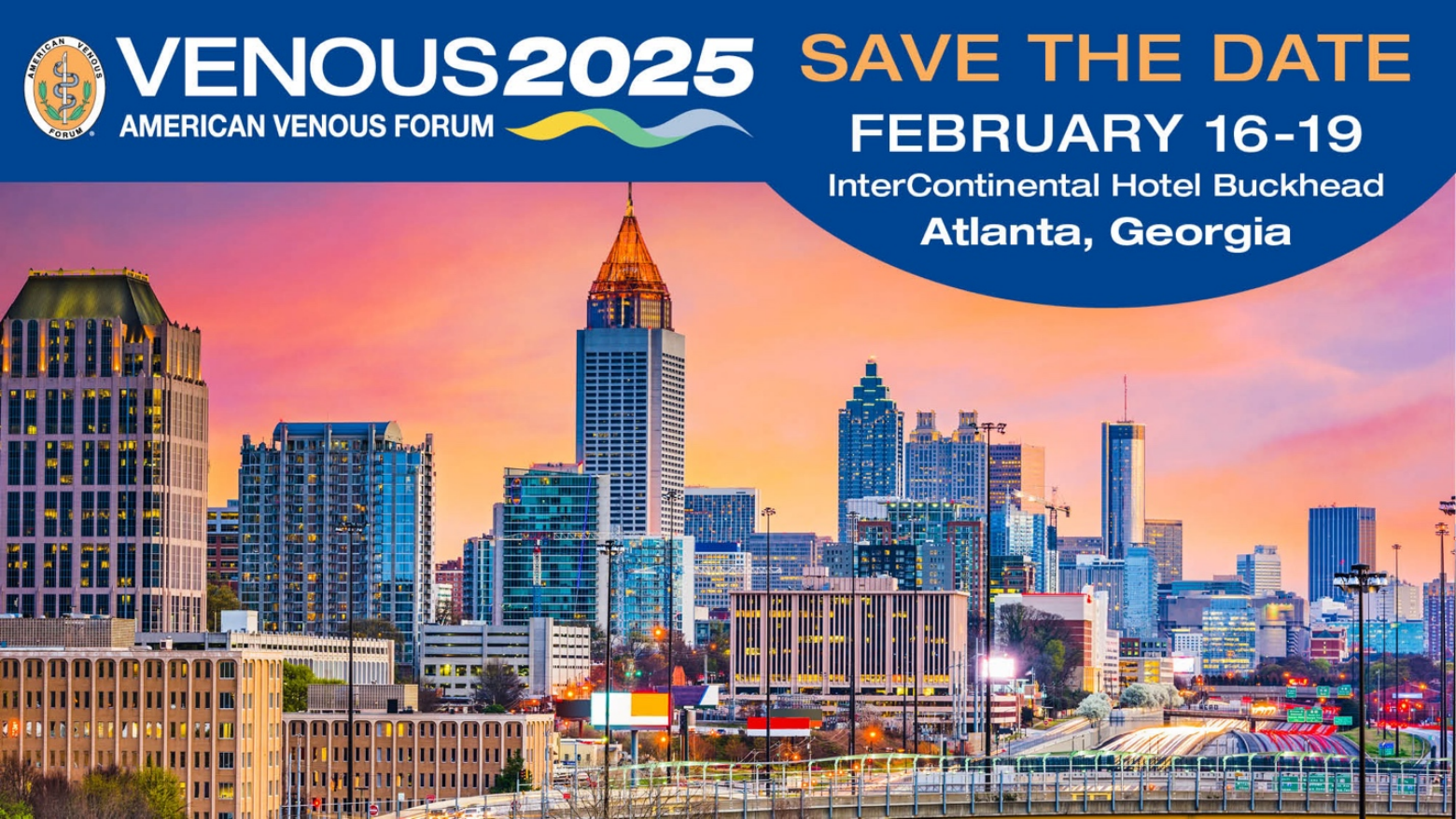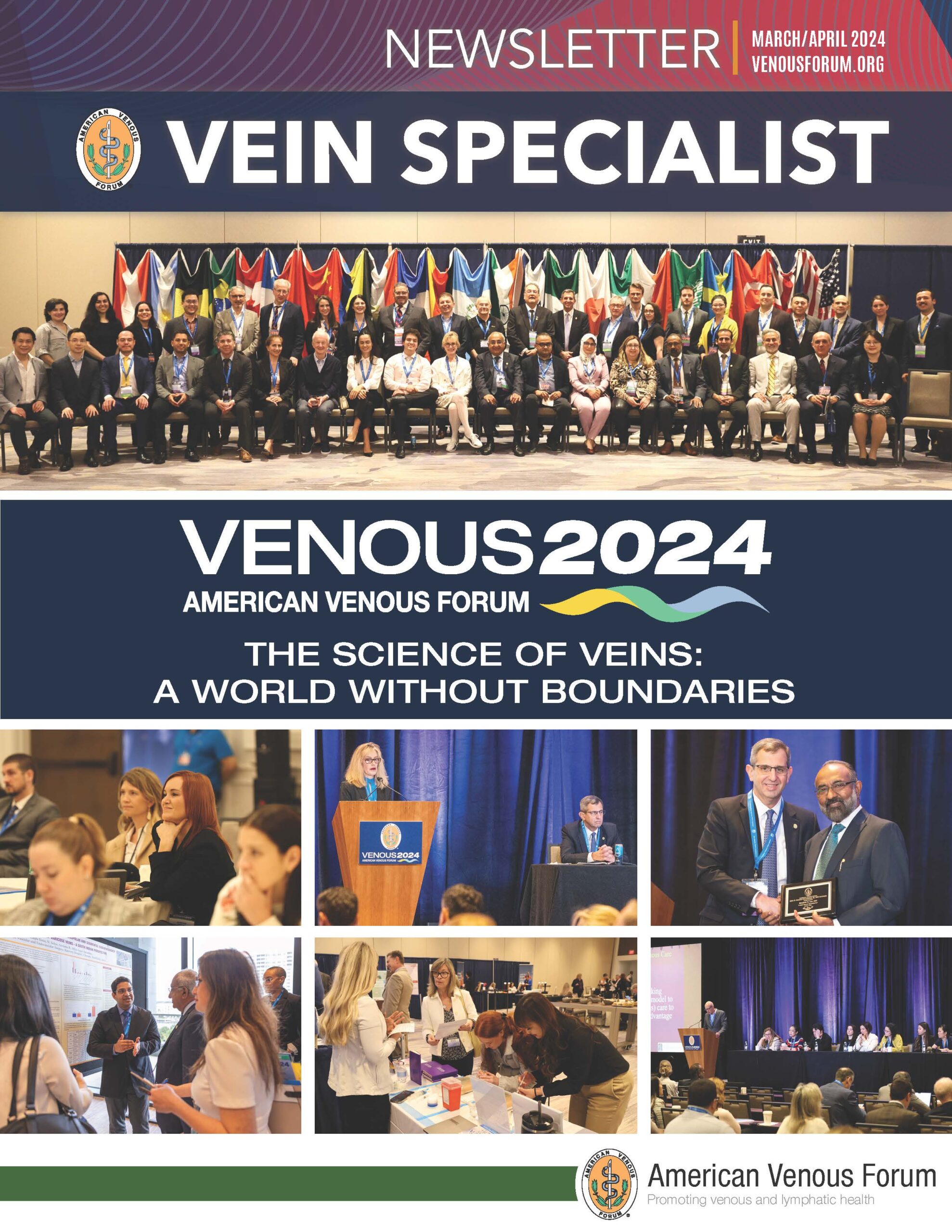
March/April Issue of Vein Specialist
PAGE 2
2024 Day of Service Recap
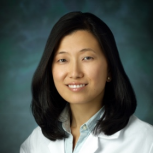
Misaki M. Kiguchi, MD, MBA, FACS
Chair, AVF Task Force on Venous Health Inequities
This year, the AVF held its first Day of Service in conjunction with the annual meeting in Tampa, Florida. Members of the DEI Committee and Task Force on Venous Health Inequities collaborated with Tampa General Hospital to host this event at the University Community Area Development Center.
With the goal of educating those in underserved communities, members of the AVF gave short educational presentations on venous disease and provided patient education brochures, followed by time for attendees to ask questions and engage with venous disease experts. JOBST graciously hosted a booth where attendees were measured for and given medical grade compression stockings. The AVF also provided a list of local recommended providers to increase accessibility for any attendee.
We look forward to next year’s Day of Service in Atlanta, GA!
Thank you, JOBST, Gore, and Boston Scientific for your support of this year’s Day of Service!
Highlights of the Presidential Address at VENOUS2024
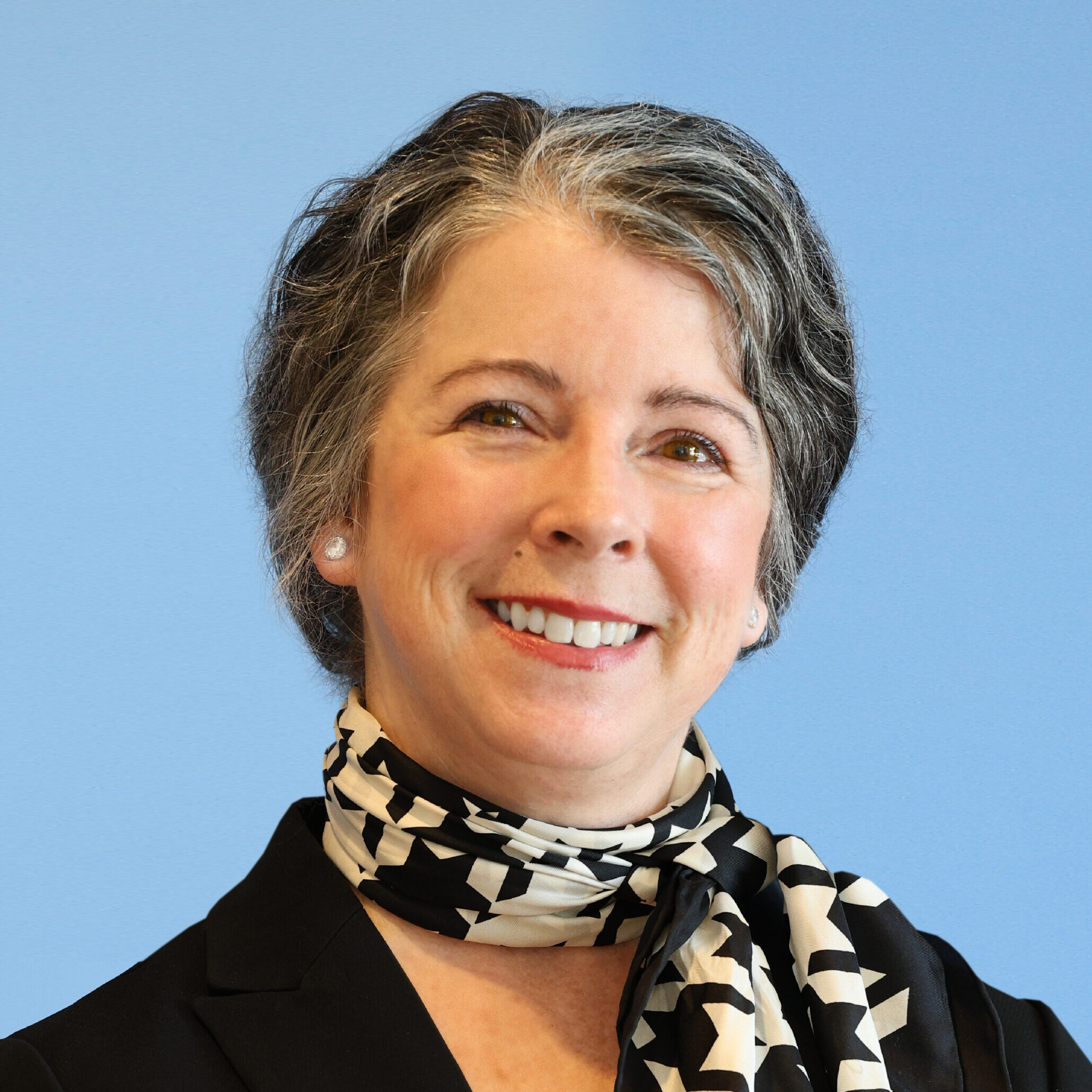
Allison Degroff
Director, Strategic Initiatives
American Venous Forum
In his address at VENOUS2024, President Glenn Jacobowitz, MD highlighted the milestones AVF achieved over the last year and challenged the society to build on its strong foundation for the future. He was particularly excited about the developments around the important work related to venous health equity, AVF’s international collaborations, and the importance of membership in the AVF. Drs Misaki Kiguchi, Tomasz Urbanek, and Windsor Ting provided important information about these developments.
At its Strategic Planning Retreat in 2023, AVF leadership adopted a new vision statement which now guides the Society’s activity: “To be the leading global society in which venous and lymphatic research, education, and advocacy efforts enable all persons access to optimal prevention and treatment options.” This noble purpose was clearly on display as meeting attendees participated in the first-ever Venous Health Inequities session. The focus on opportunities to serve in the community and improving diversity in clinical trials highlighted issues of key importance to AVF.
Dr Jacobowitz also reported on expanded efforts to broaden AVF’s international outreach. The AVF International Committee was developed to increase international collaboration to improve management of venous disease globally. The first official meeting of international society representatives was held in January 2024 where 25 different international societies were represented. The group will begin meeting more regularly in the coming year and is exploring a number of initiatives designed to broaden engagement of the international community including meeting collaboration and educational webinars. AVF has already adopted an initiative to scale the cost of dues for members from countries designated by the World Bank as low-to-middle income.
As he closed his address, Dr Jacobowitz assured the members that AVF is well positioned to lead the way in venous care both in the United States and abroad. Efforts focused on reducing inequities and international expansion are but two of the important initiatives that make up our diverse, growing organization.
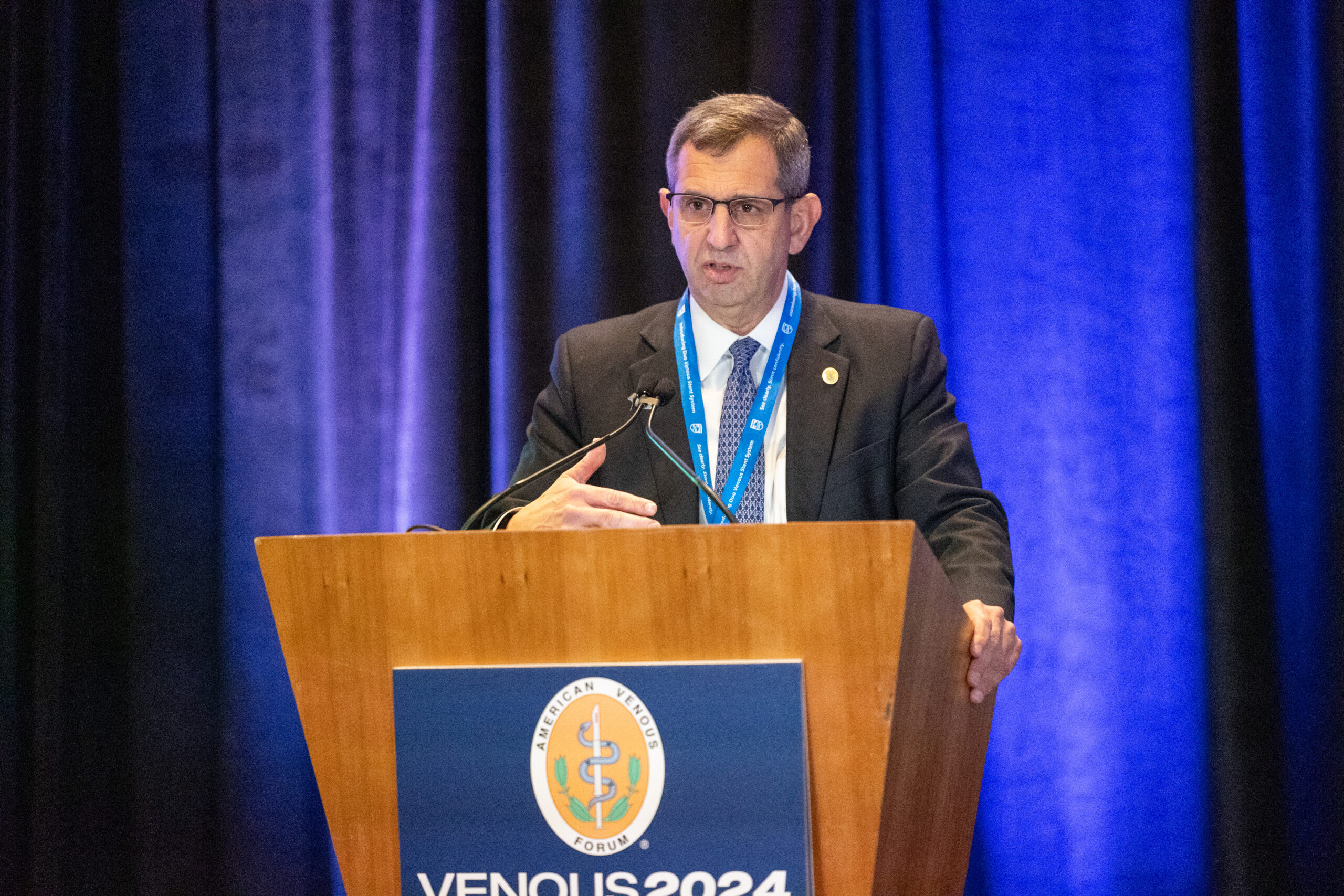
Dr Glenn Jacobowitz presenting at VENOUS2024.
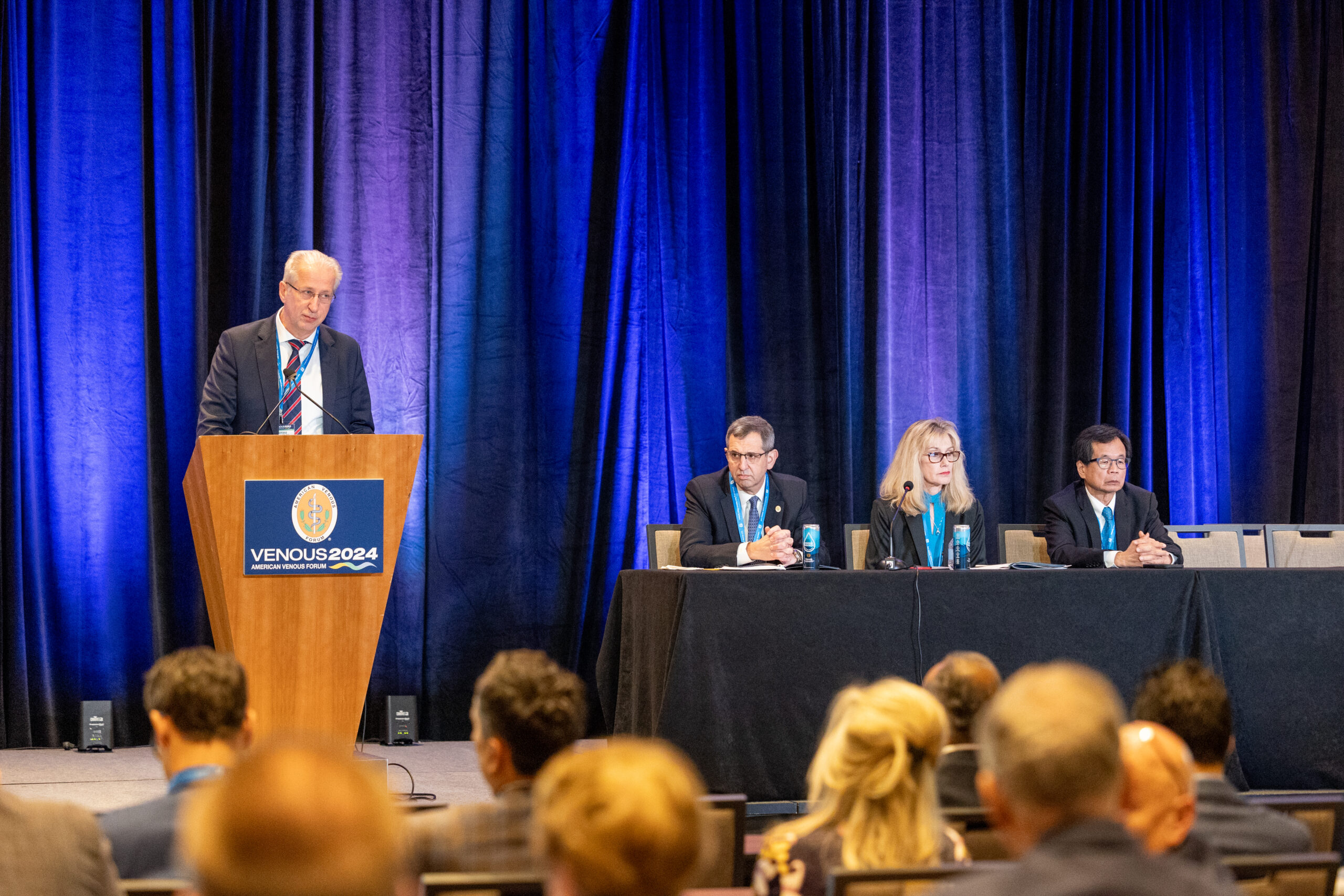
Dr Tomasz Urbanek during the President’s Session at VENOUS2024.
Bright Futures: Brajesh K. Lal’s Approach
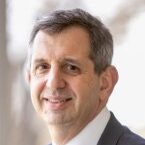
Glenn Jacobowitz, MD
Past President, American Venous Forum
When referring to the VENOUS2024 Strandness Lecture, Brajesh (BK) Lal commented, “The talk was fun. This is what I wake up in the mornings for.” And that was clear in the enthusiastic presentation entitled “A Brighter Future for High-Quality Data” that Dr Lal gave in Tampa during the President’s Session at the American Venous Forum’s annual meeting on March 5.
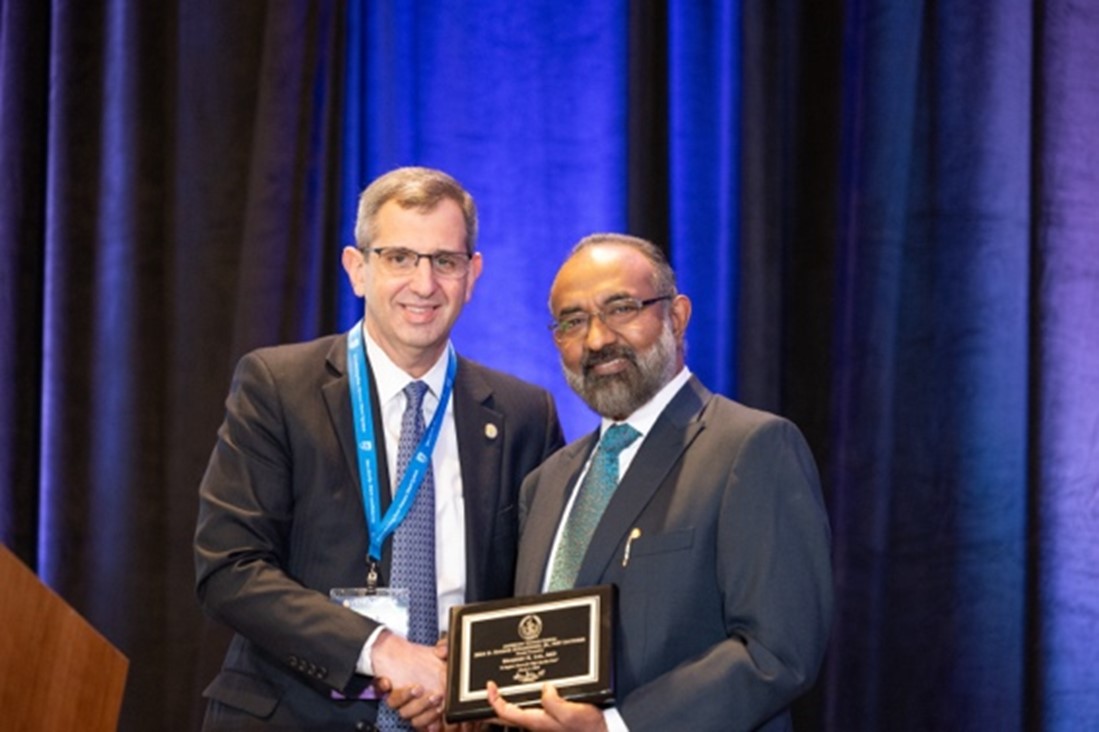
Dr. Glenn Jacobowitz presenting Dr. Brajesh (BK) Lal the 2024 Strandness Lecturer Plaque at VENOUS2024.
The lecture is named in memory of founding member and past president Dr D Eugene Strandness, Jr for his dedication and contributions to the science of venous disease, including the development of duplex ultrasound scanning. It recognizes the significant contributions of an individual to the research, education, or practice of venous disease. The lecturer is chosen by the president of the American Venous Forum and confirmed by the Forum’s Executive Committee each year. In choosing Brajesh K Lal, MD, we selected a member who has demonstrated great dedication to the AVF, his family, and his profession. He has a deep and abiding respect for history, which is the driving force for his aspiration to bring a bright future for innovation in venous disease based on high-quality data. He is currently Professor of Vascular Surgery at University of Maryland; Professor of Bioengineering at George Mason University; and Professor of Neurology at Mayo Clinic.
Dr Lal was born into a family that focused on learning. His grandfather was Founding Dean of the Varanasi University and his father was Dean of the AP Business School in Delhi. Following graduation from medical school in New Delhi, BK continued his training at the National Institutes of Health and Rutgers University before joining the University of Maryland. He met his wife, Priti, during medical school; she is now Professor of Pathology and Chief of GU Pathology at the University of Pennsylvania. BK’s love for travel and nature have taken him to 5 continents; he has an extensive collection of bonsai; and his fountain pen collection is legend.
Professionally, Dr Lal is a 25-year member of AVF and served as the organization’s 32nd president. His contributions to the field include mentoring clinical trainees, guiding young researchers, developing the country’s first comprehensive venous registry, building AVF into a stable and thriving society, and supporting numerous research initiatives in venous disease. He also oversees the Center for Vascular Research at the University of Maryland.
Dr Lal began the 2024 Strandness Lecture with a quote from Yogi Berra, “You can’t guess the future if you haven’t seen the past.” With that, he took us on a journey through time from 50,000 BC to the modern era, explaining how our understanding of health and disease has evolved. Dr Lal described the historical phases of evolution in our understanding of disease. Early on, from the first recorded evidence around 50,000 BC through 3000 BC, it was believed that illness was a product of spiritual forces; so, disease could not be understood, and health could be achieved by appeasing those forces through rituals and sacrifices. Later (3000 BC through 100 AD), diseases were attributed empirically to imbalances in forces or substances within the body. This was a common thread through several ancient civilizations including the Egyptians, Indians, Greeks, and Romans. Subsequently, our understanding of anatomy and pharmacology evolved through 1500 AD and we improved our understanding of disease to include changes in the anatomic or chemical composition of the body. The modern era of scientific inquiry and understanding in medicine commenced around 1600 AD. Since that era, we have seen an explosion in scientific inquiry.
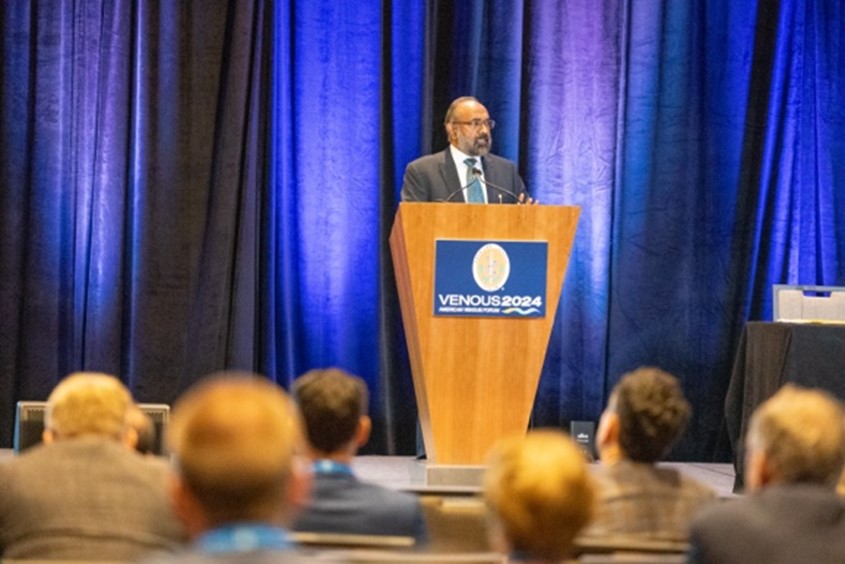
Dr. Lal presenting the Strandness Lecture at VENOUS2024 in Tampa, FL.
With time as the backdrop, he explained how our ability to investigate health and disease grew and matured into the modern field of data science. Several approaches to hypothesis testing gradually evolved into a hierarchy of study types, with case reports providing the least robust clinical evidence and case series, cohort studies, case control studies, randomized trials and metanalyses providing increasingly strong evidence. More recently, Dr Lal contends, clinical investigations have begun to encounter financial and logistical challenges. Conducting high-quality studies to acquire the data to answer big clinical questions requires big resources. These resources come at a high cost; making it hard to conduct enough of those studies. This is resulting in serious gaps in evidence to guide important clinical decisions, which in turn limits the interest of payors to support the use of therapies in several clinical conditions.
Dr Lal believes that academic societies such as the AVF must lead a collaboration among academic societies, industry, and physicians/researchers to create a new model to conduct clinical investigations. He explained that the AVF already provides a forum for presenting results of clinical trials, and a forum to combine evidence into executable guidelines. He believes that by creating a platform for multiple physicians and industry to collaborate, and by acquiring the resources to conduct clinical trials, the AVF can become a powerhouse for generating high-quality evidence to guide clinical decisions in venous disease. He began work on this vision in 2021, by forging a collaboration between the AVF and University of Maryland’s Center for Vascular Research. He has provided proof that this model works. By the successful completion of theJURY-1 trial, he has proven that his re-imagined approach to developing new clinical data can indeed usher in a brighter future to data science in venous disease.
Chronic Deep Venous Disease Session Highlights
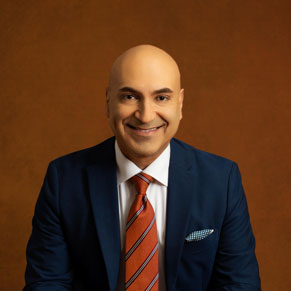
Robert Attaran, MD, FACC, FSCAI
Chair, AVF Early Career Committee
Member, AVF Newsletter Committee
The general session on March 4 during VENOUS2024 on chronic deep venous disease began with a masterclass by D. Seshadri Raju on the current role and future directions for venous valve interventions. Dr Raju highlighted the high rates of recurrent valvular incompetence after reconstruction and the high rates of xenograft thrombosis and failure. He stated that the most durable technique has been internal surgical valvuloplasty, but cautioned that it requires meticulous technique and only a few centers worldwide can offer it.
Dr Kurt Shultz presented “Fasting Duration Prior to Venography is Associated with Stent Size in Patients with Iliac Vein Compression.” He described a retrospective single-center analysis of 64 patients undergoing stenting for non-thrombotic iliac vein lesions (2019-2021) the patients treated before 11am were compared to those treated later in the day. Iliac vein stent size correlated inversely with later start time. A 9hr fast was associated with a 2mm smaller stent size. Patients undergoing intervention in the prone position received smaller stents. This study supported the notion that NPO status and relative dehydration can result in smaller areas within the reference veins and in turn, selection of smaller stents by the operator.
Drs Ryan Bird and Steve Elias presented a retrospective series of 42 patients with venous leg ulcers who underwent suprainguinal evaluation with venography and IVUS over a 2-year period. Of the 42 patients with VLUs, 48% had a >60% area ipsilateral iliac vein stenosis.
Dr Oscar Moreno presented findings from the V STRIDE Study. The IVC in rats was first ligated to induce thrombosis and then venoplastied with a sirolimus-eluting balloon. The venoplastied segment demonstrated lower levels of P-AKT, a downstream target of mTOR, a regulator of vascular inflammation. In addition, less venous fibrosis was seen in the post-thrombotic IVC treated with a sirolimus-eluting balloon.
Dr Fedor Lurie presented “Calf Muscle Pump Works Like A Stream Diversion Pump” on behalf of principal investigator Dr Roman Tauraginskii. This study utilized ultrasound, direct pressure measurements, and electromyography in healthy volunteers. A number of findings were reported. Calf deep vein pressure increases during the “take off” portion of walk. Synergistic calf muscle work redirects blood from the superficial into deep veins through calf perforators. The calf muscle pump maintains equilibrium between muscle pump output and increased arterial blood supply during exercise preventing an increase in superficial vein pressure.
Dr Mary Binko presented retrospective findings from a 12-year database on 62 portal venous aneurysms. The most common presenting symptom for a portal venous aneurysm was abdominal pain. Approximately 2/3 were associated with portal hypertension, pancreatitis, and prior liver transplant. Thirty percent grew more than 20% (associated with portal hypertension). Thrombosis was seen in 19% of the entire cohort, 46% within the group with aneurysm growth. Most cases of thrombosis occurred among cirrhotic patients. No ruptures occurred.
Some patients with NIVL, such as those with nickel allergy, are not stent candidates. Dr Khanjan Nagarsheth demonstrated his technique for anteriorization of the left common iliac vein as a novel approach to treating young patients with May-Thurner Syndrome. All patients had nickel allergy. An end-to-end anastomosis was performed with a bovine patch conduit. Length of stay ranged from 3 to5 days. Patients reported improved symptom scores and less edema post-operatively. Twenty-eight patients have been followed for up to 2 years. One has required a venoplasty.
Dr Kiran Kumar presented “Plasminogen Activator Inhibitor (PAI-1) Protease Domain Drives Venous Fibrosis.” IVC ligation was performed in control and knockout mice. PAI-1-deficient mice demonstrated increased venous thrombus resolution. The study observed increased vein wall thickness and thrombus resolution upon loss of PAI-1 and plasmin inhibition domain.
The AVF Congratulates VENOUS2024 Award Winners
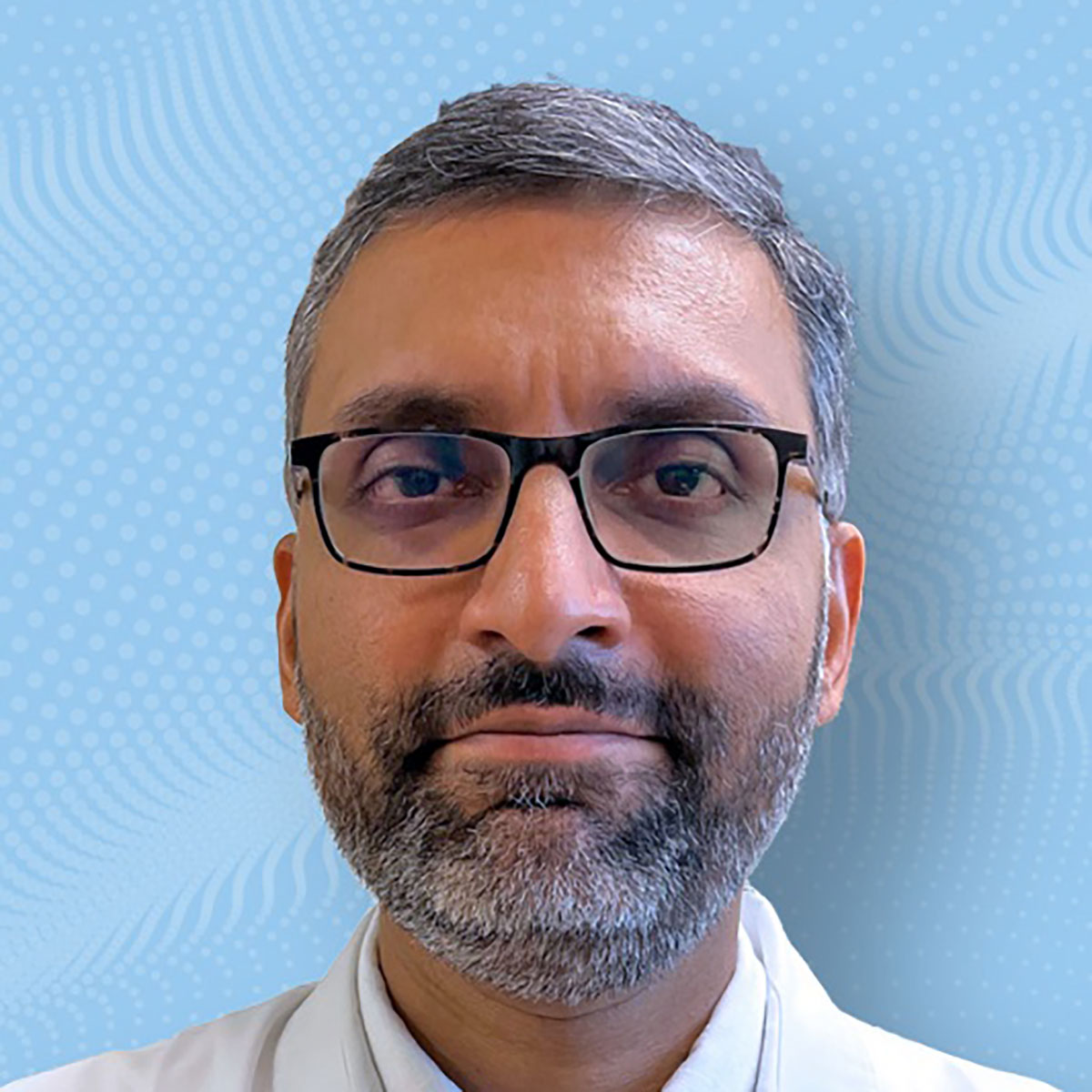
Arjun Jayaraj, MD
VENOUS2024 Program Chair
AVF Board of Directors
The American Venous Forum is pleased to congratulate the winners of the following awards.
VENOUS2024 Best Abstract
Aatira Vijay, PhD
VENOUS2024 Second Place Abstract
Jacob Shapiro, MD
VENOUS2024 Best Poster
Emily Austin, MD
VENOUS2024 Second Place Poster
Christopher Levy, MD
AVF Founders Award
Fedor Lurie, MD, PhD
AVF Distinguished Fellow
Erin Murphy, MD
2024 AVF Basic Science Research Grant
Kanin Pruekprasert, MD
2024 AVF-JOBST Research Grant
Mary S. Lin, MD
2024 AVF-JUZO Travelling Fellowship
Misaki Kiguchi, MD, MBA FACS
2024 AVF-BSCI Translational Research Grant
Aatira Vijay, PhD
VENOUS2024 Photo Gallery
Photo Gallery:
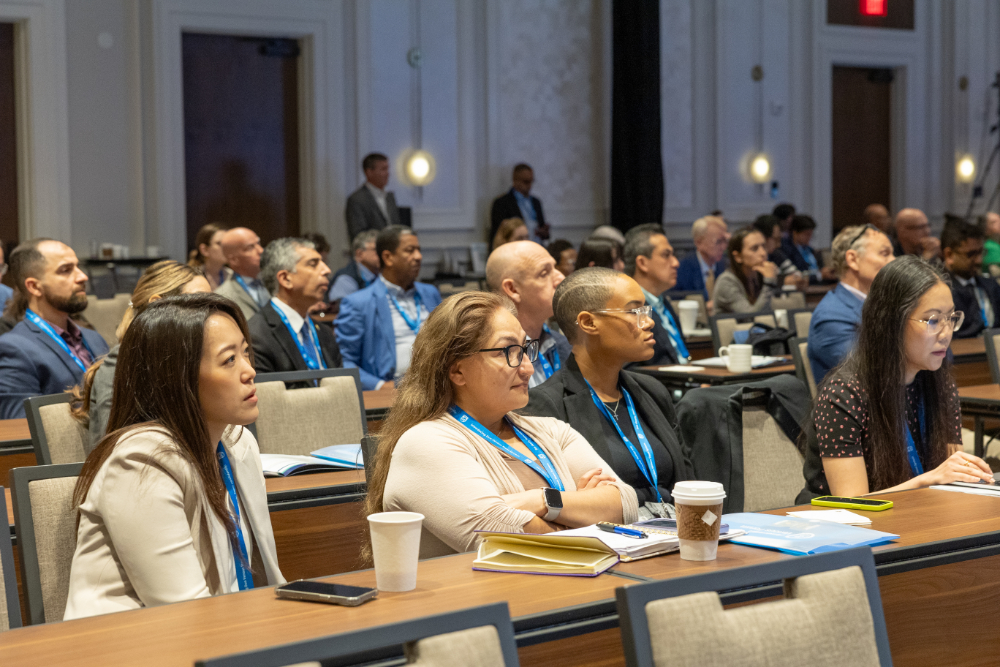
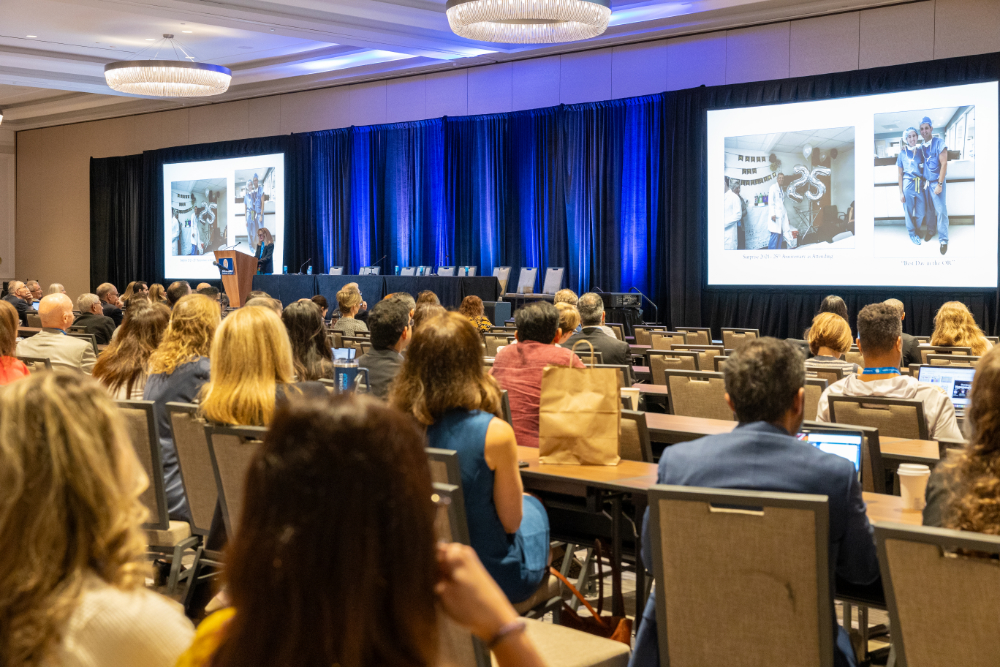
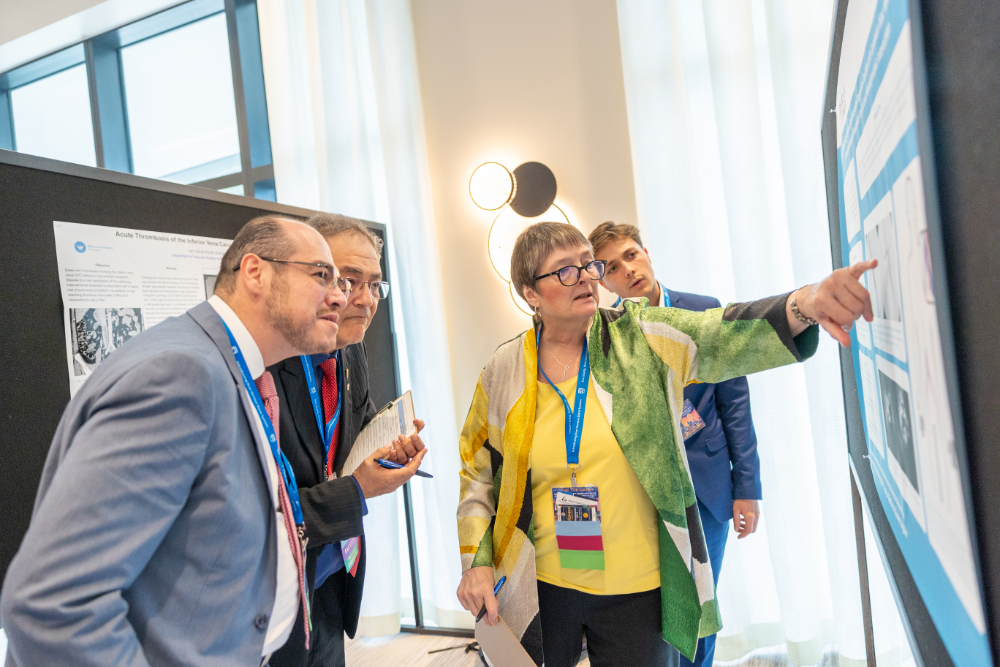
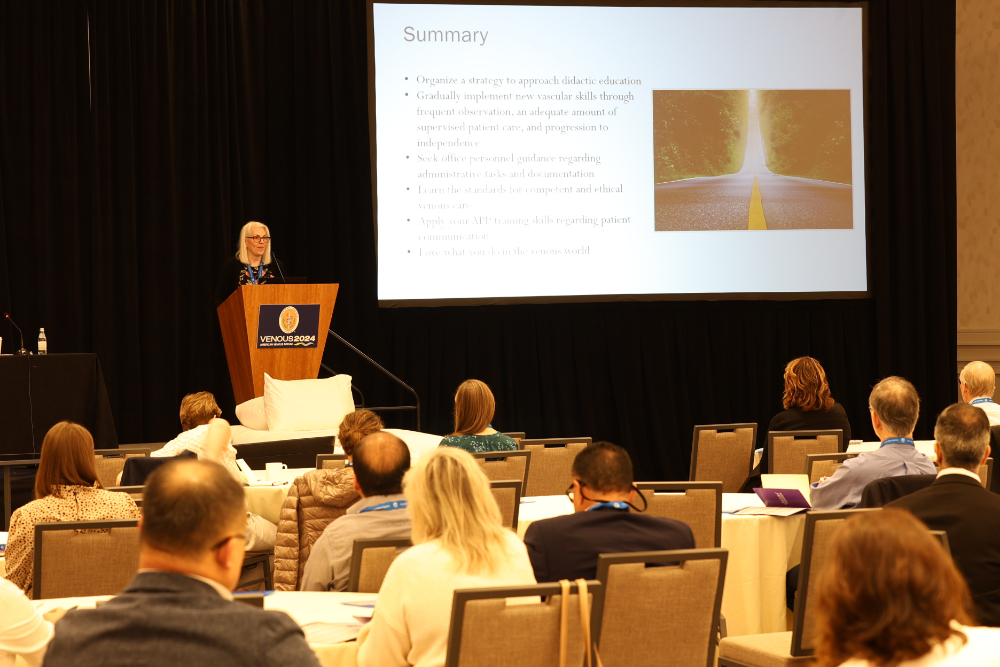
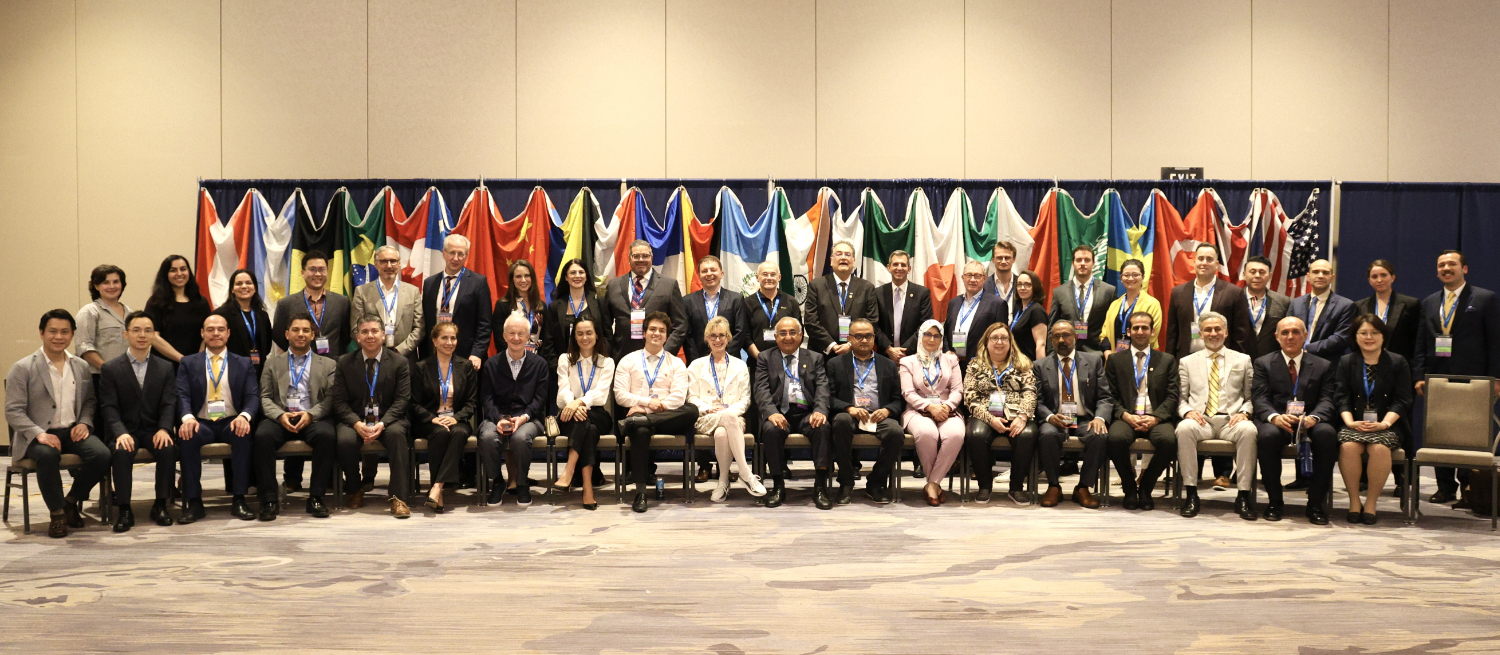
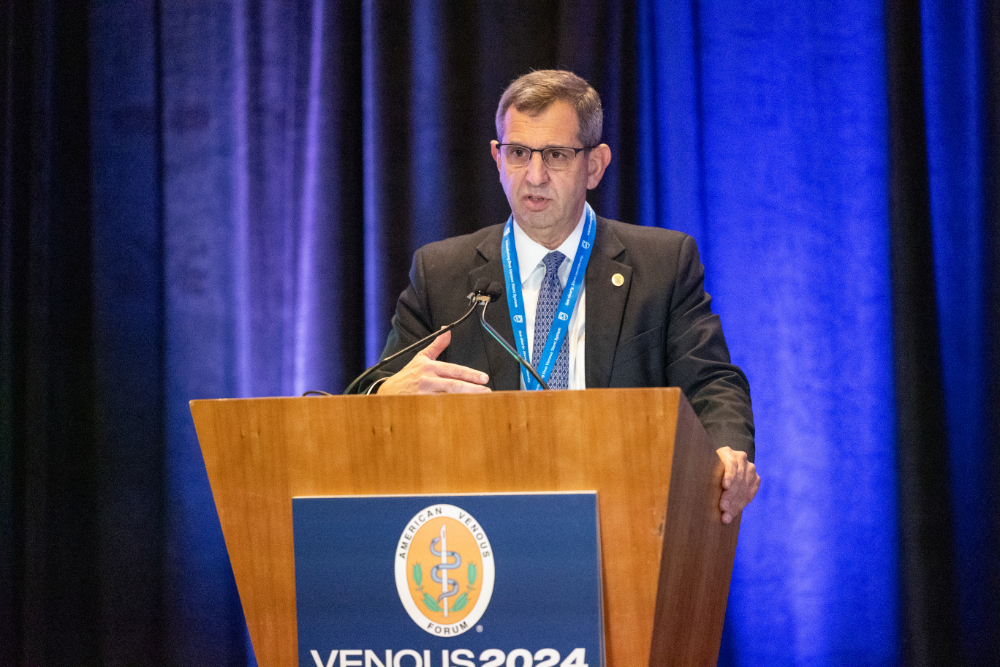
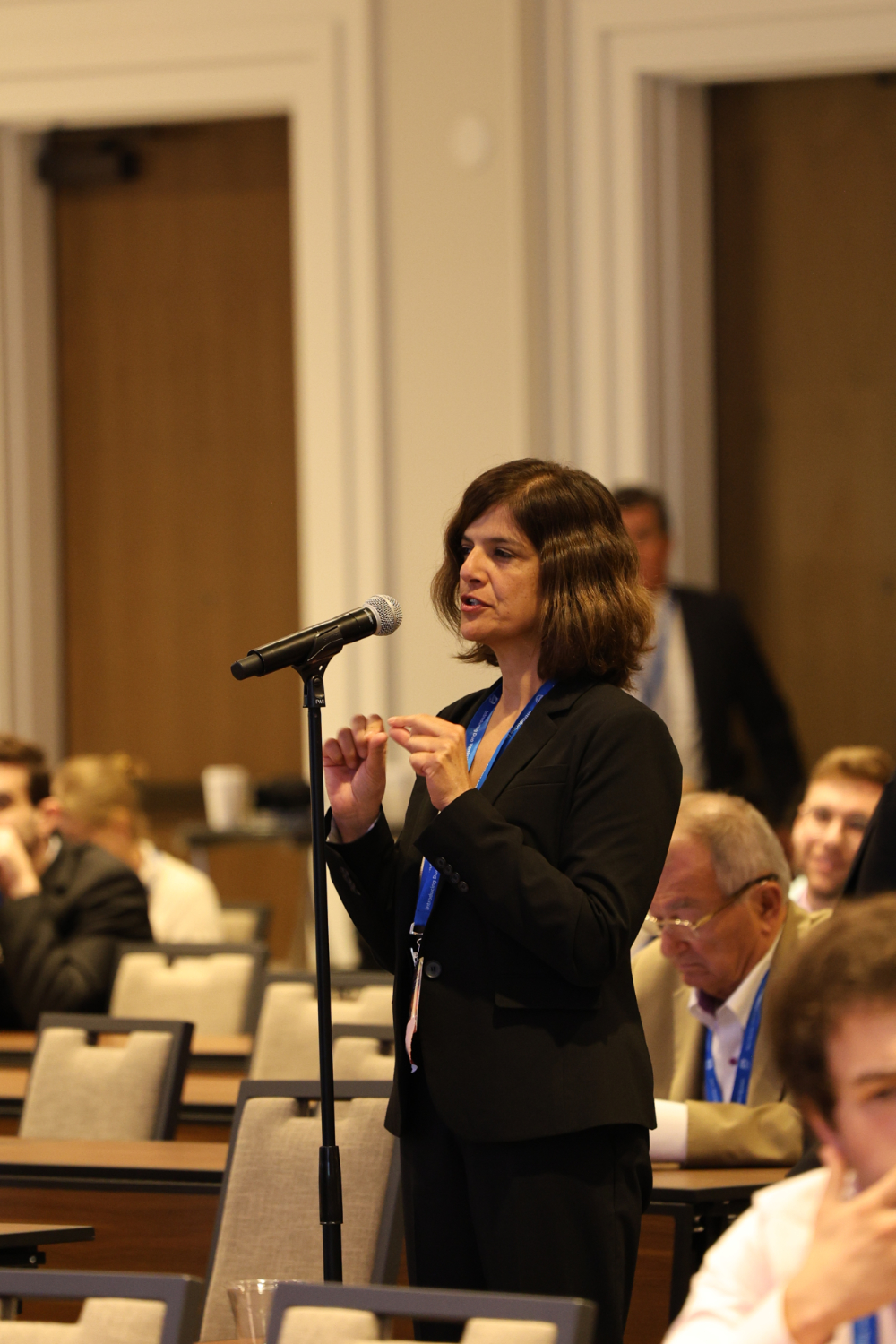
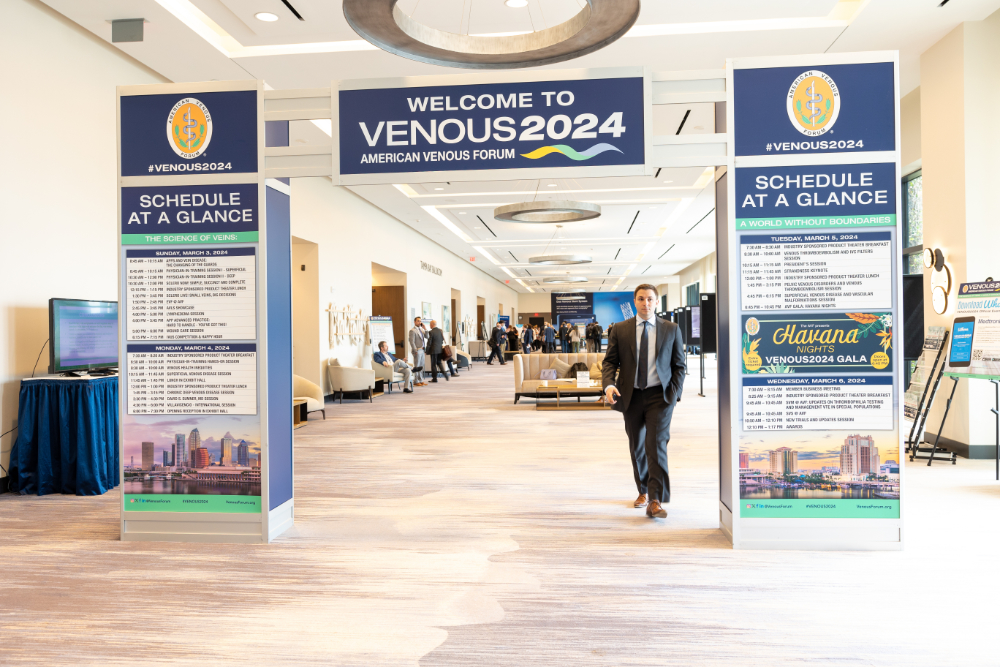
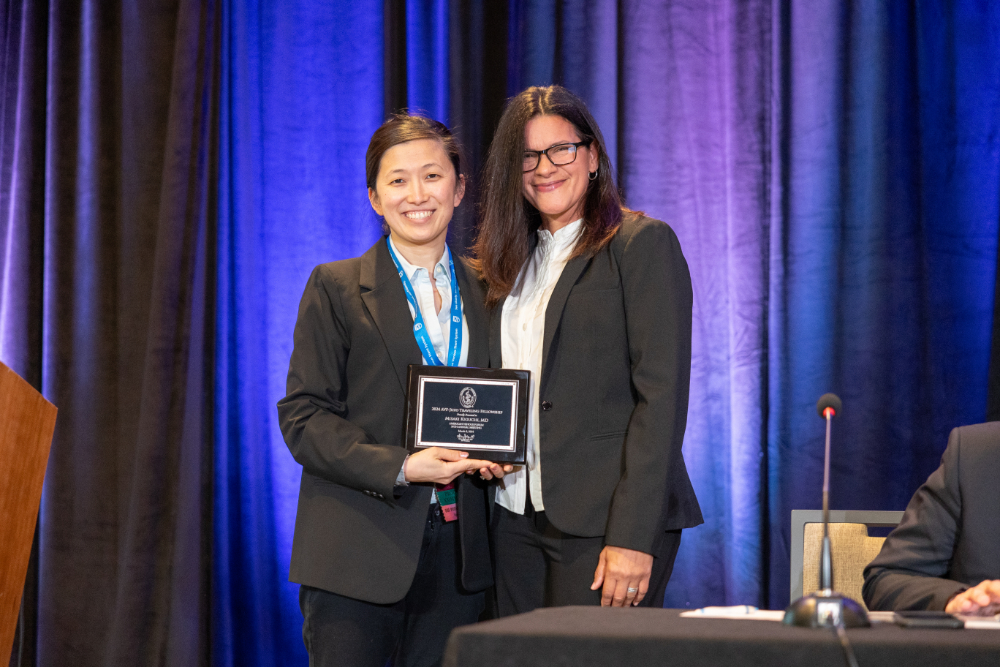
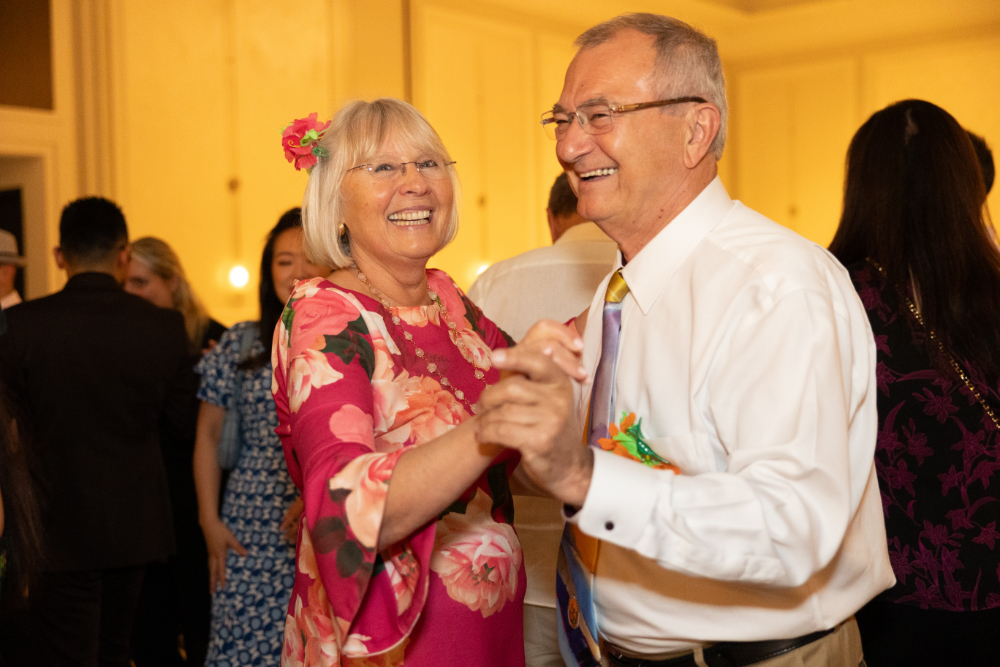
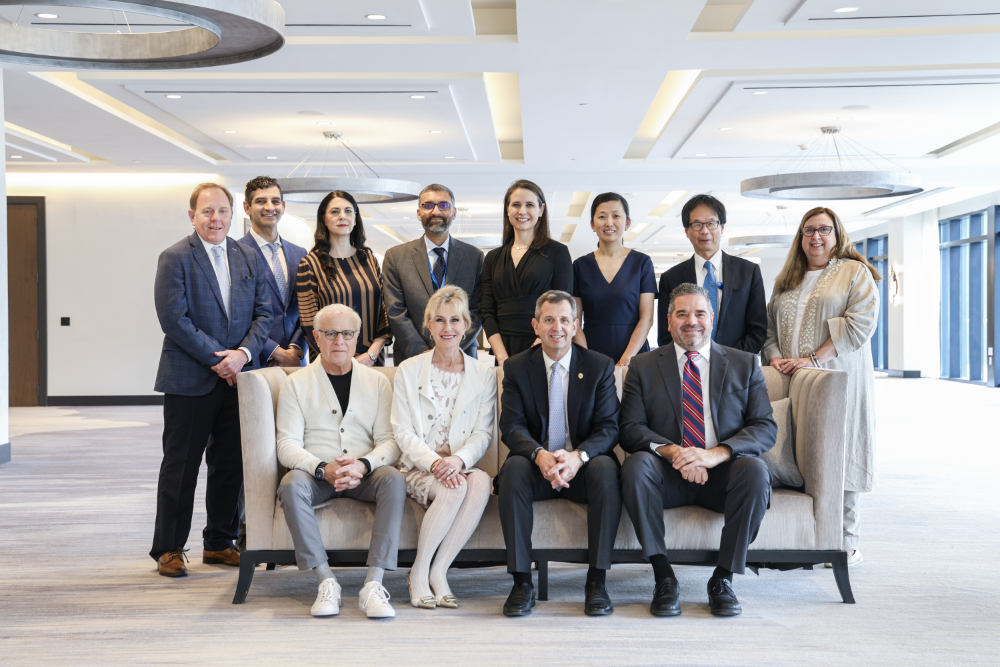



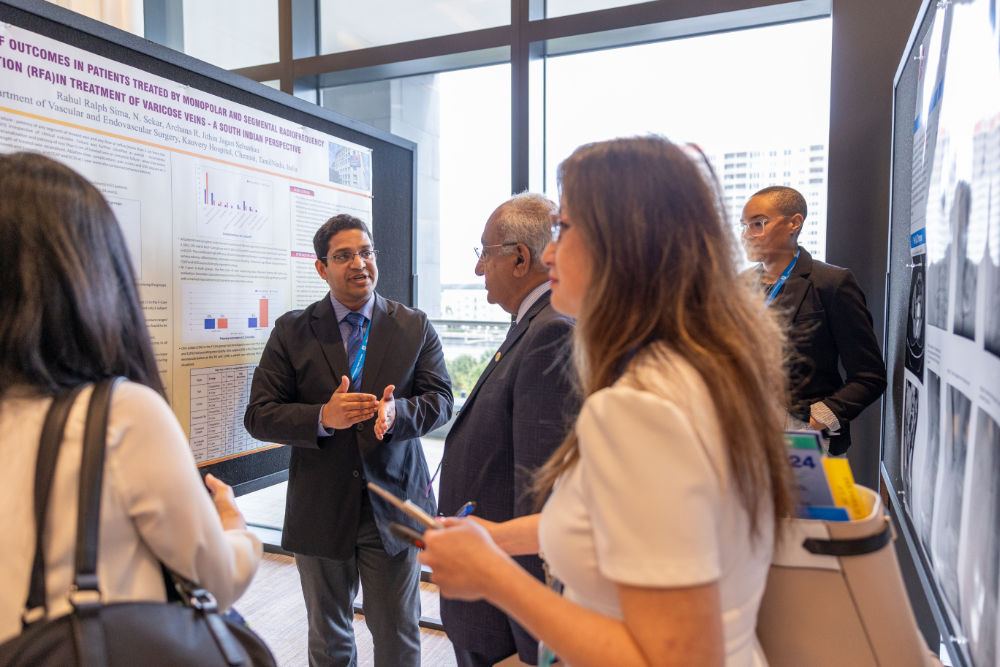
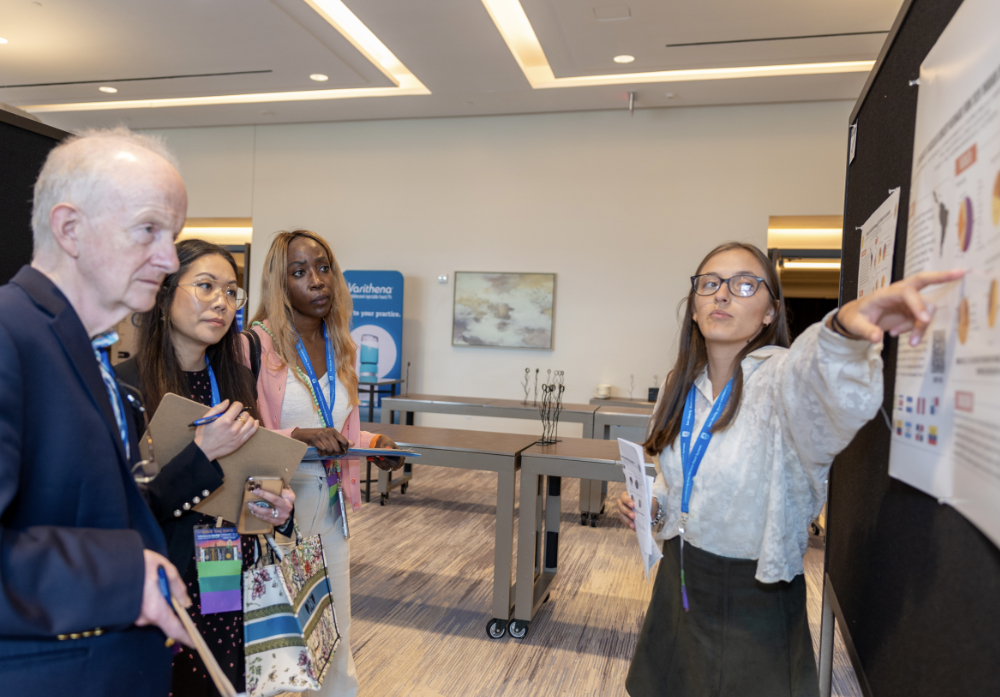
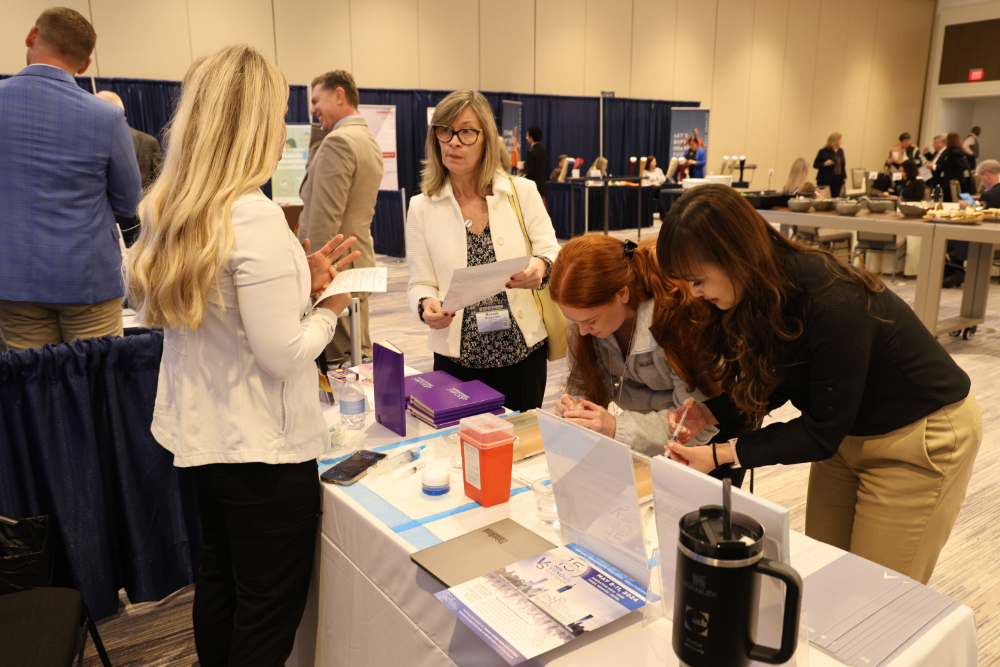
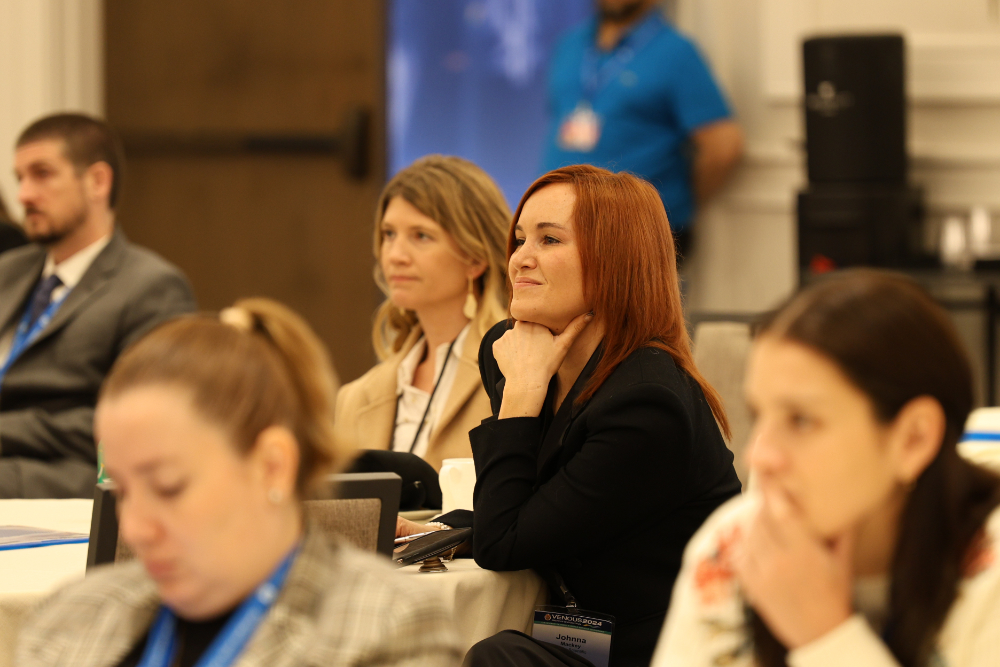

Thank You Industry Sponsors and Exhibitors
The American Venous Forum thanks the following sponsors and exhibitors for their support of VENOUS2024.
